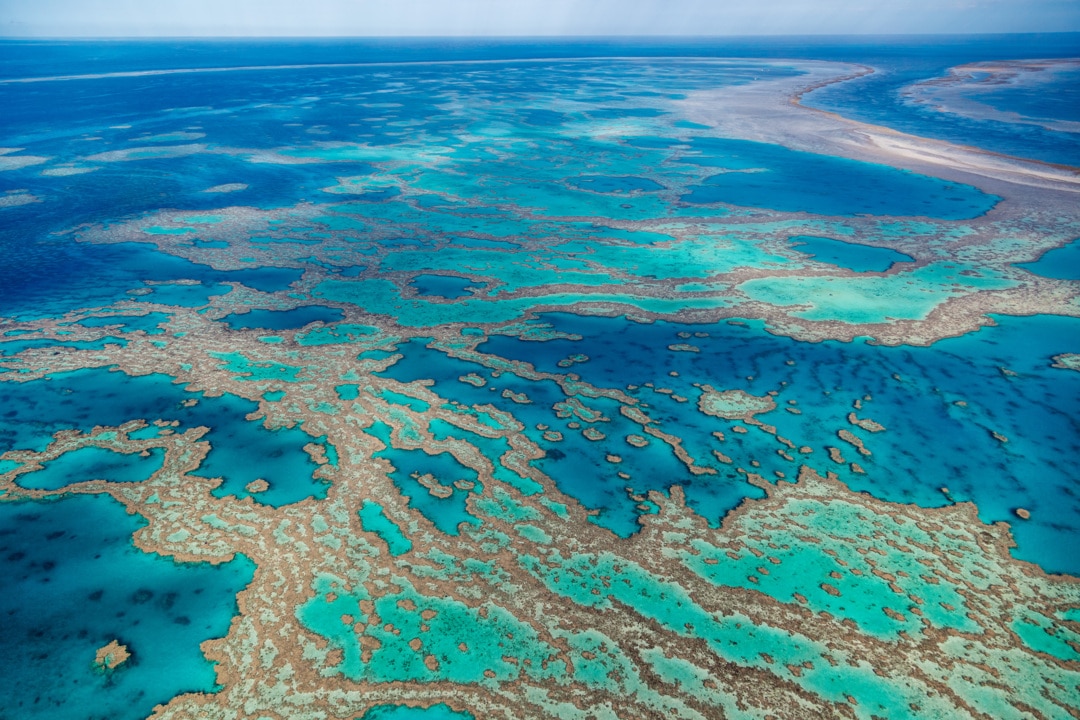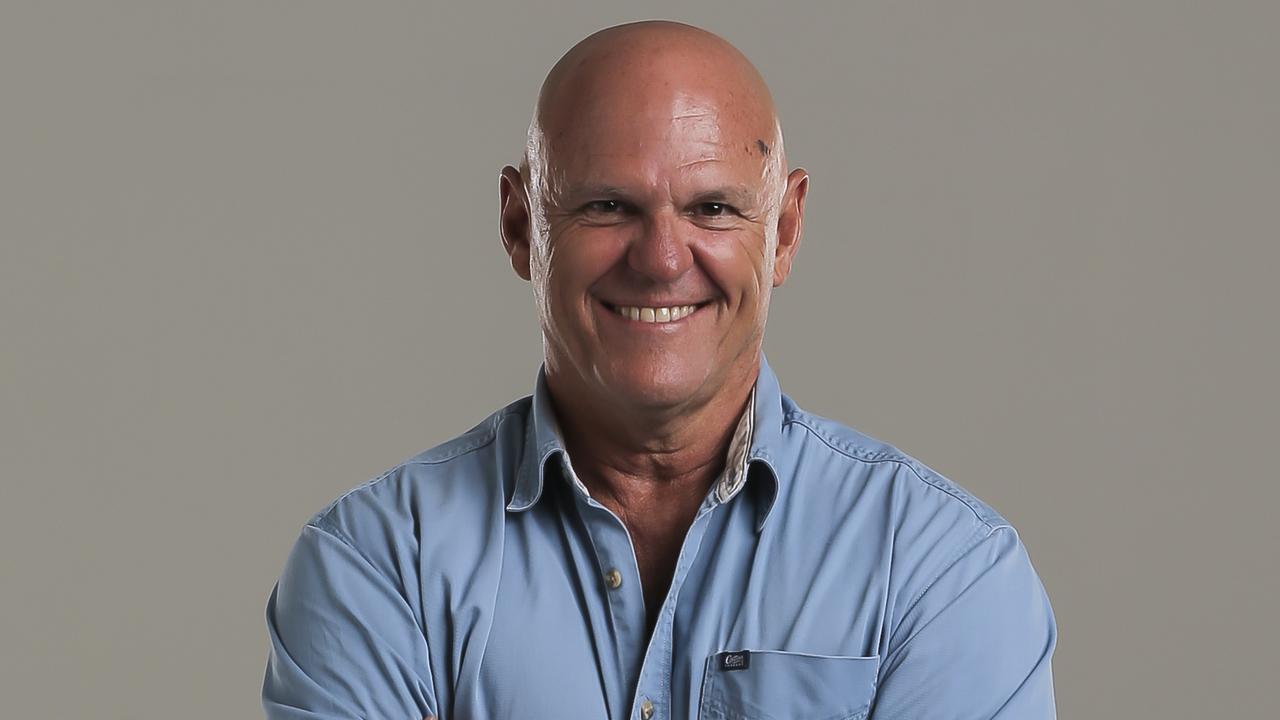Scientists try to breed heat-resistant corals to help save reef
SCIENTISTS are investigating ways to push the fast-forward button on the evolution of corals on the Great Barrier Reef as part of a suite of radical ideas under review to help protect the natural wonder from global warming.
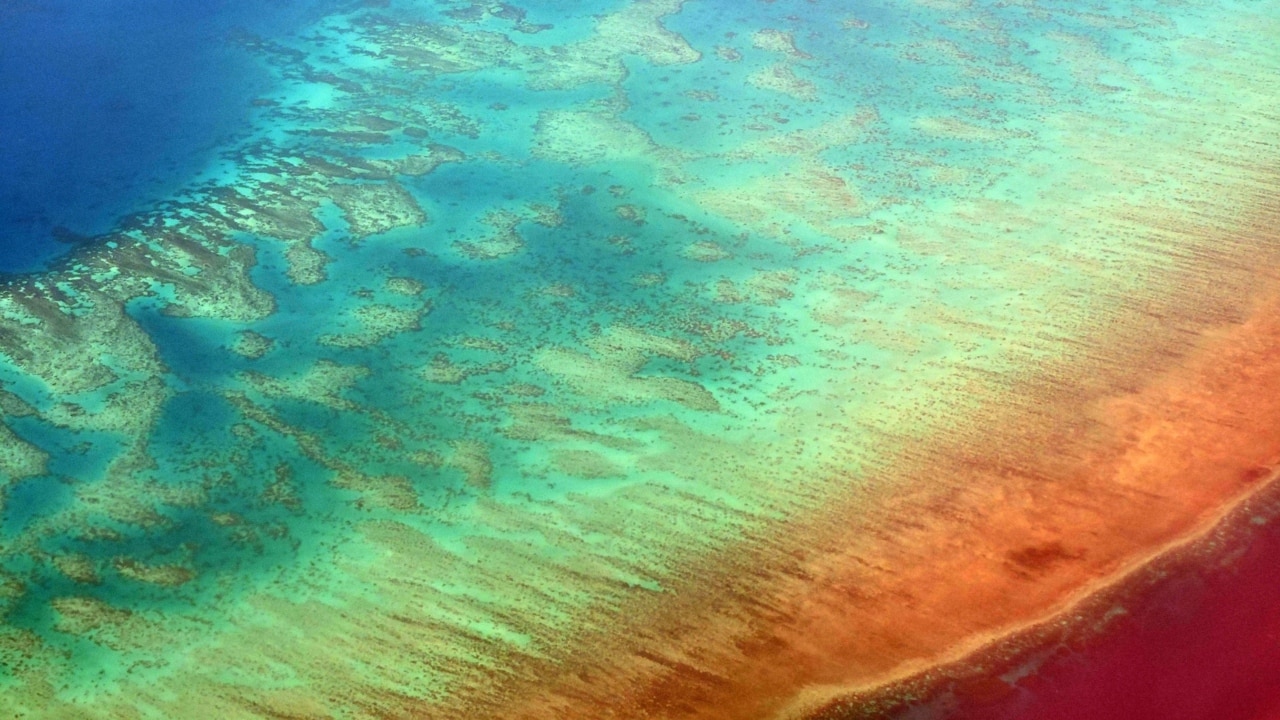
Opinion
Don't miss out on the headlines from Opinion. Followed categories will be added to My News.
SCIENTISTS are investigating ways to fast-forward the evolution of corals on the Great Barrier Reef as part of a suite of radical ideas under review to help protect the natural wonder from global warming.
Amid concerns that climate change is happening much faster than the Reef will be able to adapt naturally, scientists are hoping to develop ways to speed-up coral evolution using assisted reproduction techniques.
In land-based aquaculture facilities, researchers have interbred corals that have survived recent bleaching events in the far north of the Great Barrier Reef with species further south in a bid to make them more heat tolerant.
They’ve dubbed the process “assisted evolution”. Although the hybrid corals have yet to make it on to the Reef – and it could be decades before they’re introduced on a large scale, if at all – controlled field trials may be one or two years away.
The research is under review as part of the Reef Restoration and Adaptation Program, a bold collaboration of leading Australian experts, aimed at creating a detailed blueprint for assisting the world’s largest coral-reef ecosystem to withstand climate change.
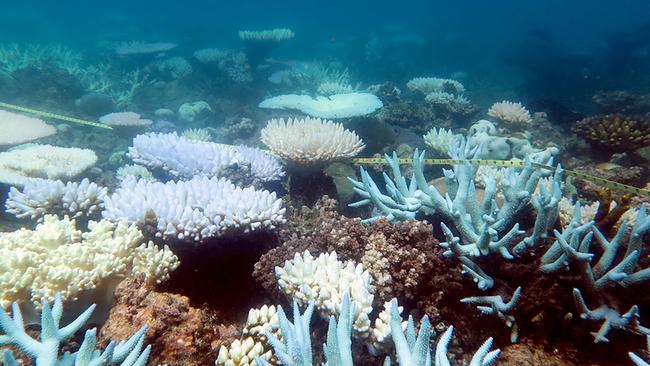
Program director David Mead, of the Australian Institute of Marine Science, says the Turnbull Government has provided $6 million over 18 months as part of the Reef restoration program’s “scoping phase”, designed to gauge priorities for scientific interventions on the Reef if, when and where they are deemed necessary.
A plan will be presented to the Government at the end of the year. Any recommendations will be on top of existing measures to improve water quality on the World Heritage-listed Reef and actions to manage crown-of- thorns starfish infestations. They are also separate to international efforts aimed at curbing climate change.
Among the ideas being looked at include increasing shade over reefs through marine cloud-seeding during severe heatwaves and using biodegradable sea-surface sprays to act like a protective umbrella for corals when bleaching events are predicted.
“There’s quite a good saying that the time to intervene is when the risk of intervening is less than the risk of not intervening,” says Mead, an engineer. “That’s quite a profound statement because doing nothing is not a risk-free option. Doing nothing could well be a high-risk option because it may well be that the system dies out or changes so fundamentally that we don’t recognise it.”
But he says interventions are also not risk-free and need to be thoroughly explored scientifically before they can be deployed on the Great Barrier Reef, which stretches 2300km off the Queensland coast.
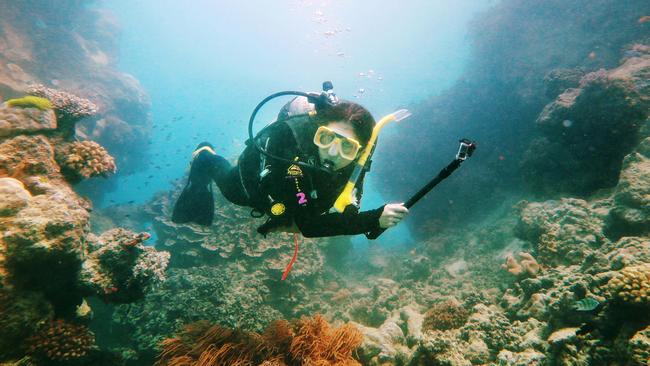
The establishment of the Reef Restoration and Adaptation Program follows back-to-back coral bleaching events in 2016 and 2017.
Global warming and corresponding severe weather events have left many scientists so pessimistic about the future of the world’s reefs that they predict decimation by 2050.
But after studying reefs for almost 30 years, University of Queensland reef ecologist Professor Peter Mumby remains upbeat amid the doomsayers.
“I’m optimistic,” he says, matter-of-factly. “One thing I have learnt, time and time again, is just when you think a reef isn’t going to be able to cope, it surprises us.
“In 1998, I was studying corals around Tahiti. Some of these corals were 1000 years old, they were 10m wide, huge bones of coral, and they’d been hit by a major bleaching event. All that was left of them were tiny little finger-like pieces of tissue under some crevices, but they were more than 99 per cent dead. At that point, we thought that the corals would take at least 100 years to show any real signs of coming back. We went back 13 years later and to our delight, they’d completely recovered.
“We’re working with an ecosystem that has a tremendous ability to repair itself. Our job is to find ways of stimulating and facilitating that.”
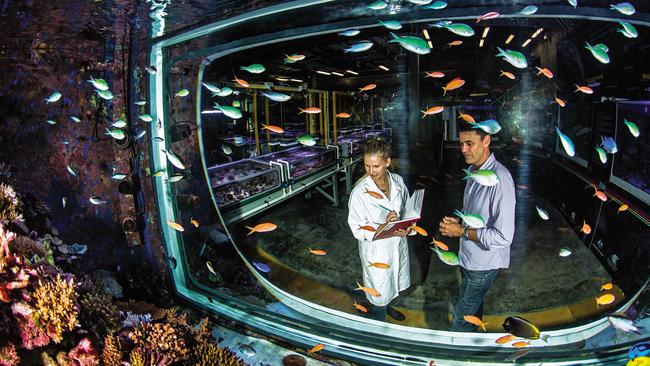
If trials show selective coral breeding can produce hybrids capable of surviving bleaching events, the biggest challenge may be getting enough new coral into the Reef’s ecosystem to make a difference.
“Our design target at the moment is being able to deliver 100,000 new adults a day through a distributed aquaculture process, which gives us
36 million a year,” Mead says. “That’s fairly small in a system that’s probably got 100 billion corals.
“But if you’re clever about how you do that, and how you seed them into the system, you can use some of the natural processes that already exist. We know that certain reefs work as seed reefs. If you target those reefs, over time you should be able to spread the value of what you’ve seeded. We’re trying to model the quantity of intervention that might be required.”
At the extreme end of science, the Reef Restoration and Adaptation Program is evaluating the potential use of DNA editing techniques to genetically modify corals to be more heat resistant.
A proof-of-concept study published this year found gene-editing tools used in human research were effective in also being able to manipulate DNA sequences in coral.
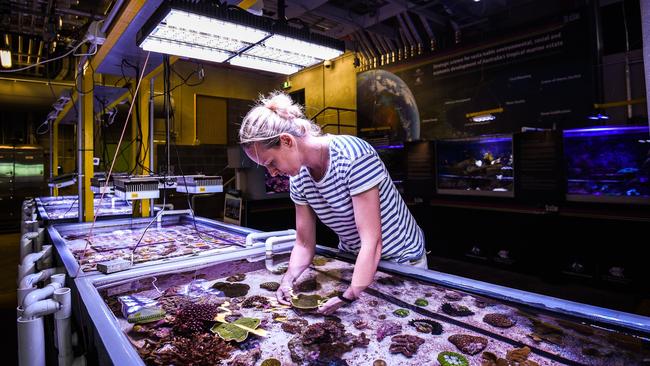
It’s far too early to say whether genetically engineering resilient super-coral is even possible. But by using the tools to understand more about coral genes, scientists may be able to better harness the natural genetic variants to bolster their ability to survive in warmer waters.
Some of the ideas under assessment seem fanciful. But bold ideas may be necessary to save the Reef.
“Sometimes people create ideas that sound wacky at first and sometimes they are proven to be wacky,” Mumby says. “More often than not, that’s what happens and they die. But sometimes those wacky ideas actually have real promise.”
More than 200 scientists, engineers, marine park managers, tourism operators and community leaders are meeting in Cairns this week to discuss the most promising options for making the Great Barrier Reef more resilient.
